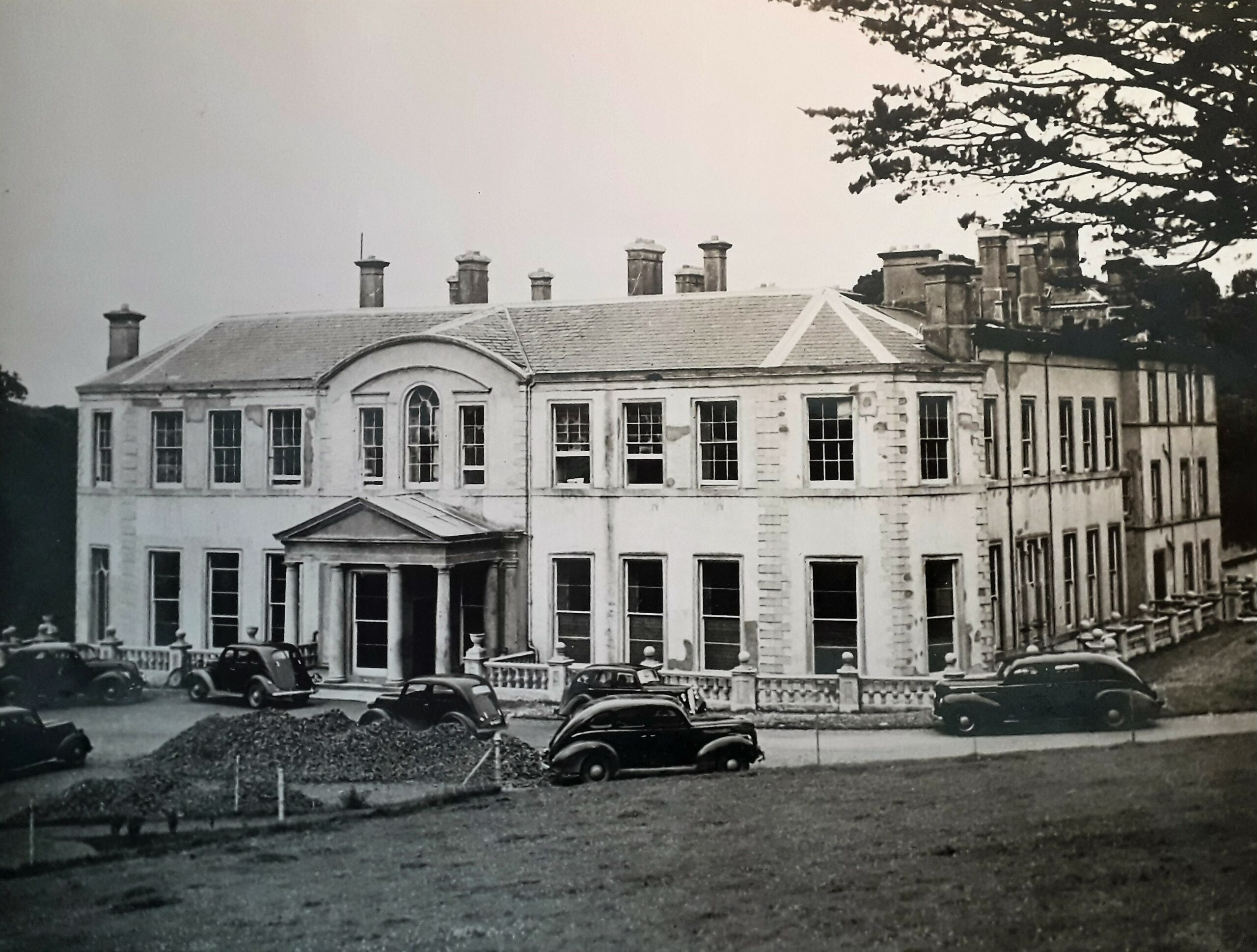
The Ards Estate and Ards House in Creeslough, County Donegal, are steeped in history, linked to the Stewart family and dating back to the early 18th century. The estate covers a large area of land near Sheephaven Bay, and over time it became one of the most prominent estates in County Donegal. The history of Ards Estate is closely tied to the Stewart family, originally from Scotland.
The Stewarts settled in Ireland during the Plantation of Ulster in the early 17th century, acquiring large tracts of land in Donegal. Alexander Stewart, a descendant of the Scottish Stewarts, built Ards House in the early 18th century.
The house, a grand mansion, was situated within a richly wooded area of the estate, offering commanding views of the bay and surrounding countryside. The estate and its house became the primary residence for the Stewarts, who continued to play an influential role in the local economy and politics.
Over the years, Ards House was extended and renovated, eventually becoming a large and impressive Georgian mansion. The Stewarts, like many other landed families, hosted important guests and dignitaries at Ards House, contributing to its reputation as a significant seat of local power.
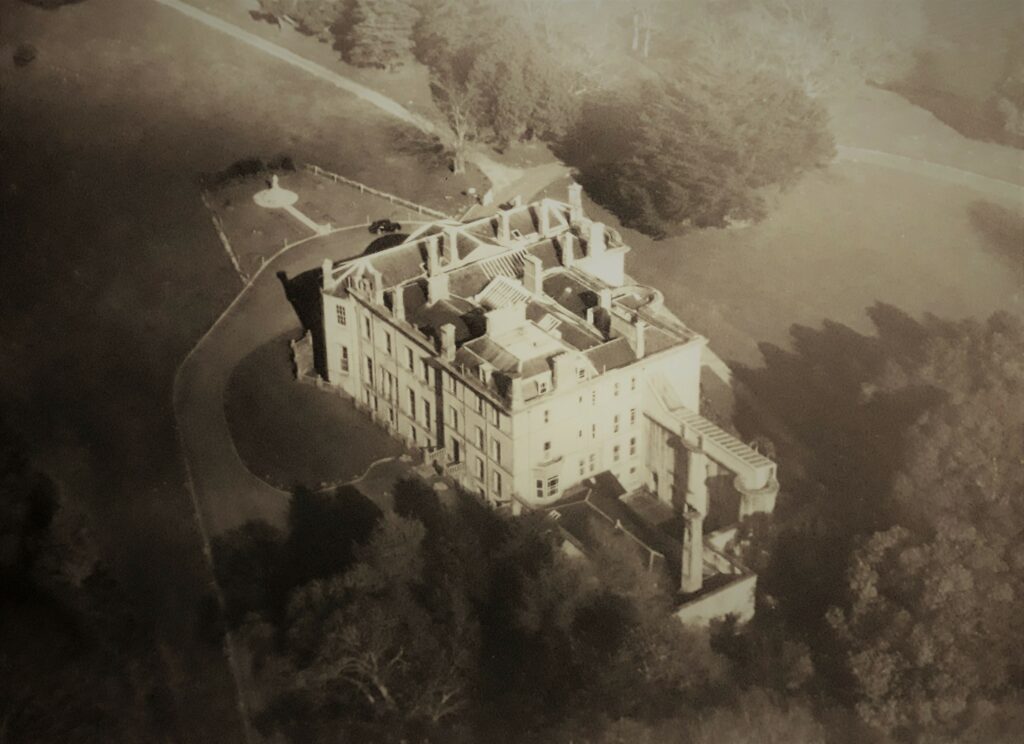
Decline and Legacy
By the early 20th century, the estate faced challenges due to the political and economic changes in Ireland, including the Land Acts, which redistributed land from large estates to tenants. Following these changes, much of the land around the Ards Estate was sold or leased.
In 1934, the Stewarts gifted a portion of the estate, including Ards Forest, to the Irish state. This area was later designated as the Ards Forest Park, one of Ireland’s most beautiful natural reserves, featuring walking trails, woodlands, and beaches along Sheephaven Bay.
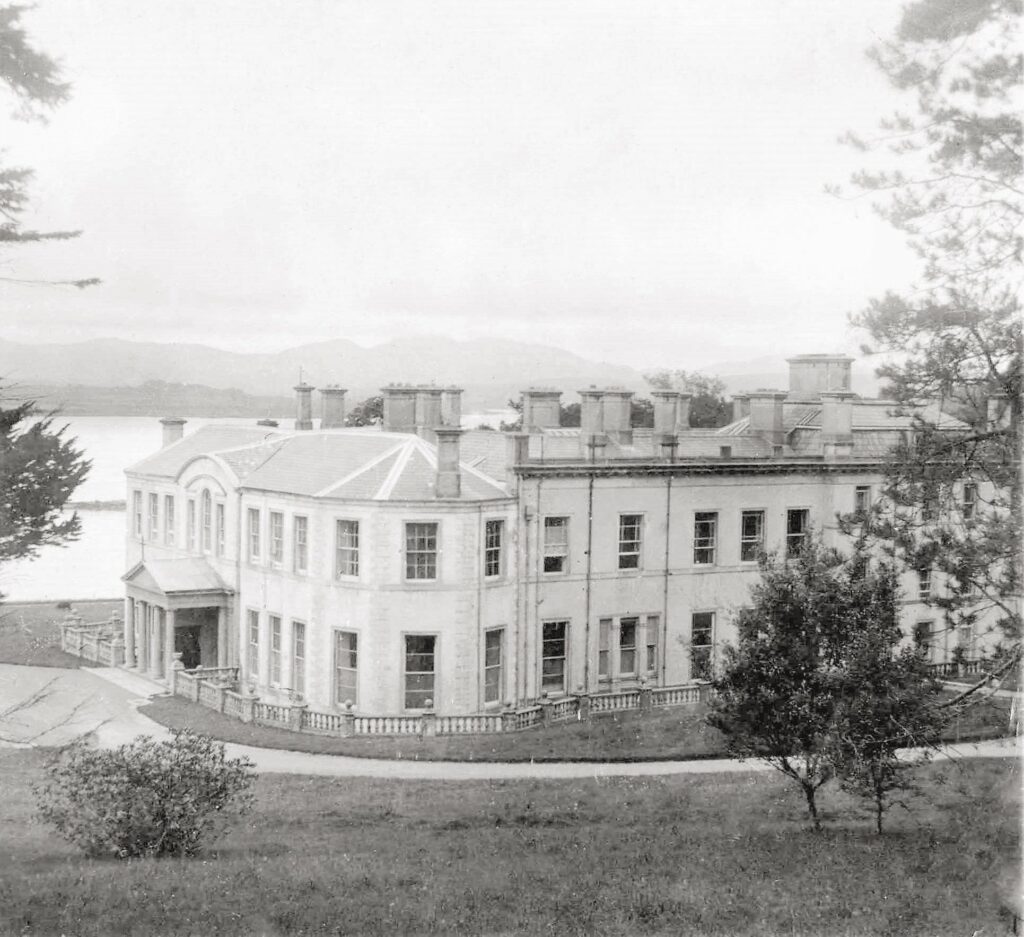
The house and demesne were taken over by the Irish Land Commission in 1927. The Capuchin Friars came to Ards in 1930. After the Stewart family had vacated Ards House and much of the estate was no longer in their possession, they donated a significant portion of the estate to the Capuchin Order, a branch of the Franciscan Friars known for their missionary work and dedication to the poor.
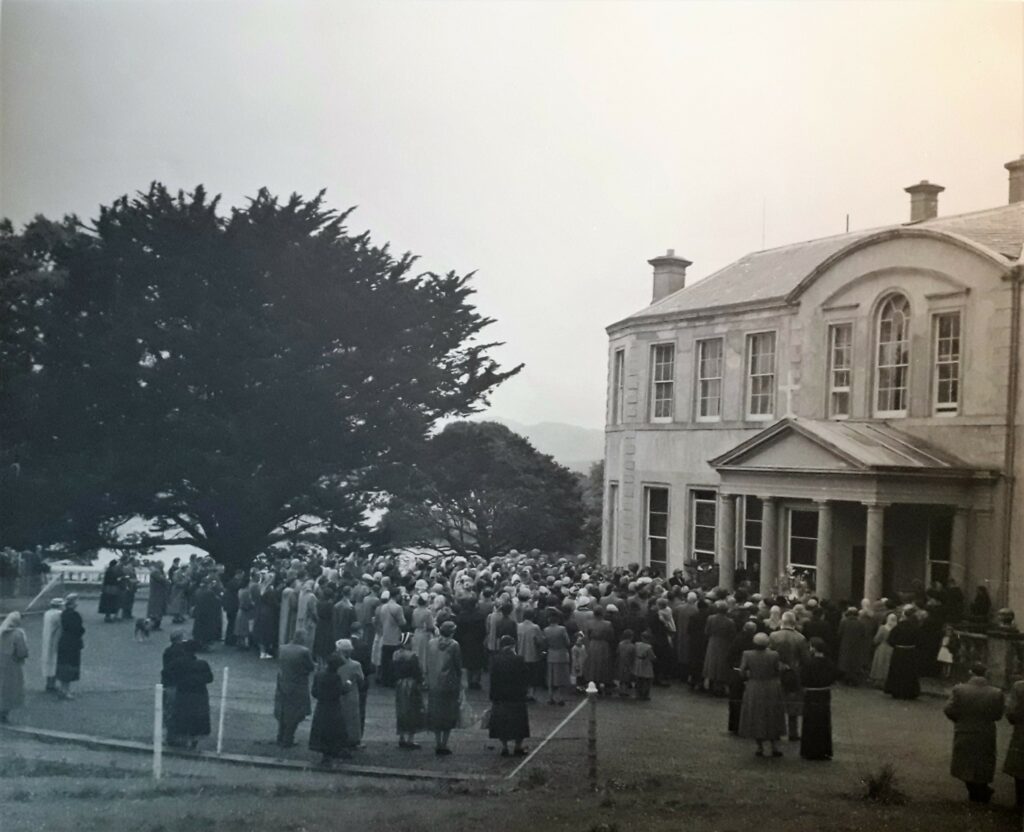
The Capuchins established a monastery and retreat centre at Ards, utilising the natural beauty and tranquility of the surroundings for spiritual reflection and religious retreats. This move transformed the estate from a private aristocratic residence into a religious hub for contemplation and prayer. The friars maintained the grounds and opened the estate to visitors seeking spiritual retreats. The Order changed the name of the old Stewart-Bam house to Ard Mhuire which became a theological seminary.
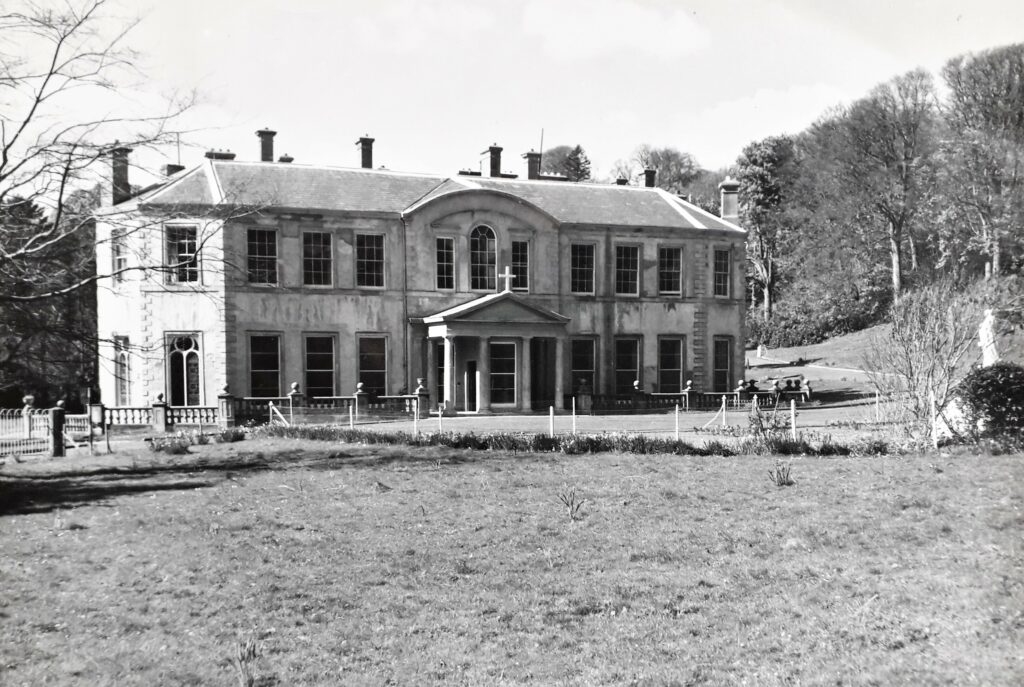
The first community consisted of Fr. Colman Griffin OFM Cap. (Guardian), Fr. Patrick Kelleher OFM Cap., Fr. Andrew Carew OFM Cap. and Br. Fidelis Rice OFM Cap. It took some time to convert Ards House into a Capuchin friary. A power plant was built for electric light and central heating was installed. A large fire in December 1944 caused considerable damage to the old house and the decision was made in the mid-1950s to demolish the residence and build a new friary and church. At this point, the mansion was in a terrible state of repair – the lead roof was developing cracks and was leaking and the oldest part of the building, the elaborate façade, was crumbling.
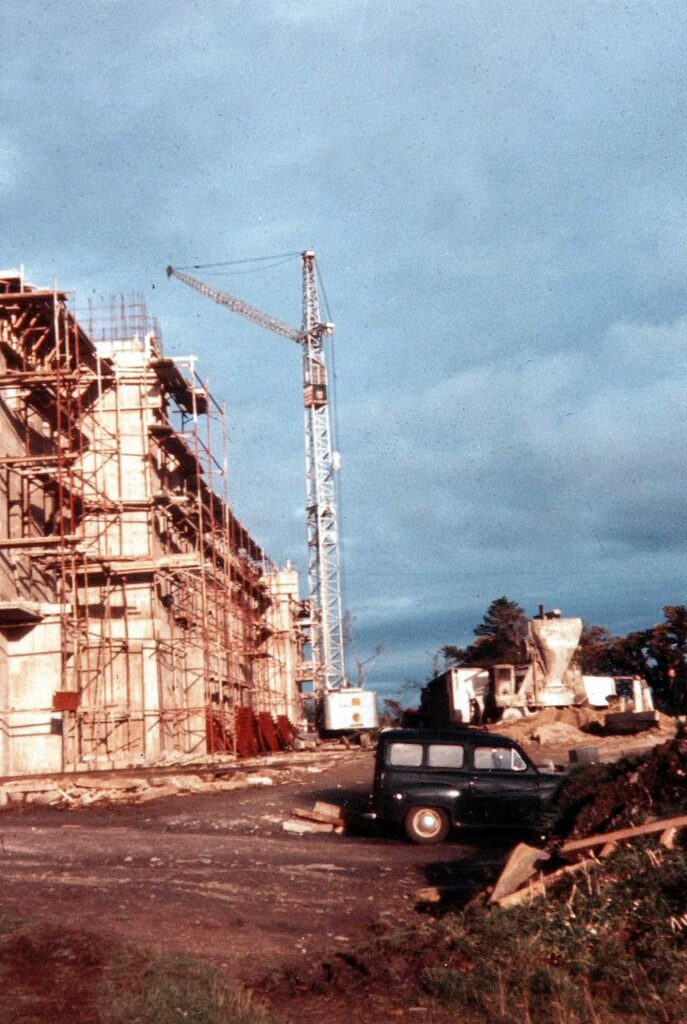
The new Capuchin Friary at Ard Mhuire was formally opened on 13 November 1966. The friary overlooks the shores of Sheephaven Bay and now offers retreats, conferences, seminars, and periods of rest and relaxation, reflection, prayer and holidays.
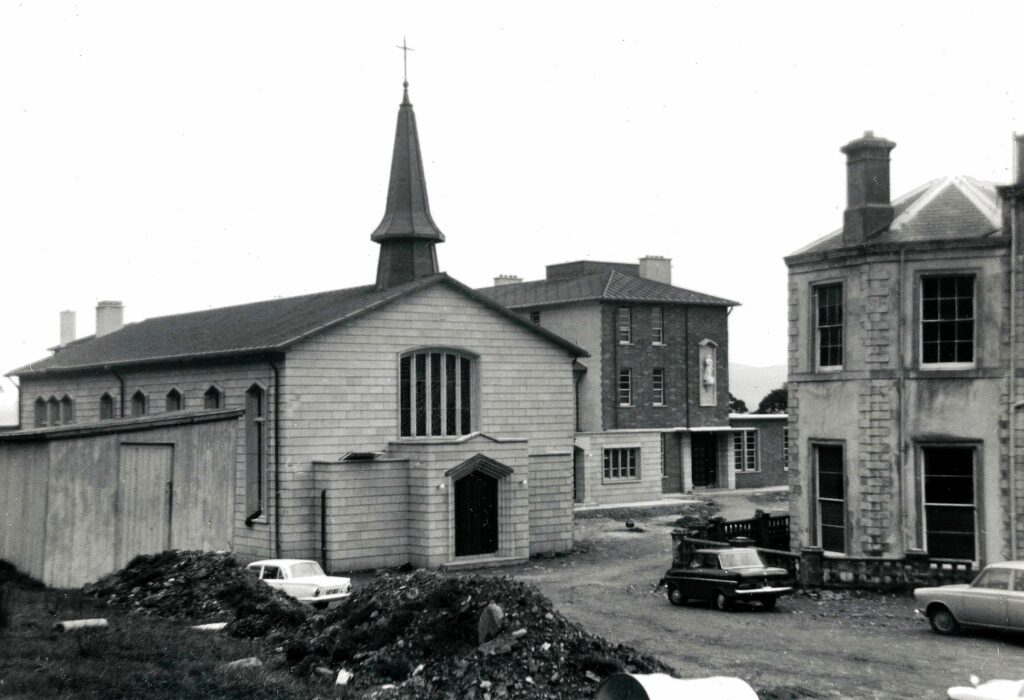
Their arrival also coincided with the transition of part of the estate into Ards Forest Park, which was later developed by the state after parts of the estate had been given to the public.
The images used in this article are taken from the Capuchin Archives and all copyright remains with them

